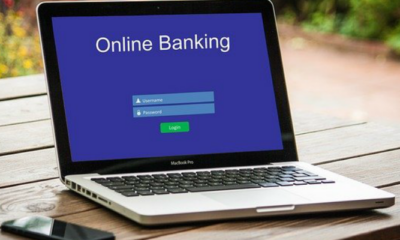Banking Services
Open Banking Is Becoming Popular in Banking.

Open Banking is an umbrella term for a group of concepts, terms, and practices that are increasingly becoming popular in banking. This growing trend is reflected in the increasing demand for open banking services from banks. Open banking refers to the following:
Open Banking refers to the practice of allowing all customers to view their banking accounts without restriction by banking officials. This is done through “unlock codes,” which can be used on any ATM or debit card machines. It does not require authorization from the customer in most cases.
Open banking refers to banks’ ability to provide online banking services to their customers. Customers are able to use their accounts from virtually anywhere in the world. In addition, users can manage their money and access it from a wide variety of Internet applications. This is a particularly useful feature for customers traveling abroad, or even just those who need to conduct online banking but do not have the ability to connect to the Internet directly. Open banking enables customers to make safe transactions, which helps reduce the risk of robbery.
Open banking refers to the ability of banking professionals to perform the same accounting tasks as a consumer. While there are many differences between conventional and online banking, there are some fundamental similarities, including the ability to maintain a financial record, conduct personal finance functions, and review customer information.
Many companies and consumers view open banking as being more favorable to both banks and credit card companies. While banks may not receive a large percentage of their revenue from credit cards, the ability to view financial records is something that customers generally appreciate. In addition, the ability to conduct electronic transactions online eliminates the need for credit card companies to maintain and monitor consumer records.
Open banking services include the ability for consumers to maintain their privacy while maintaining their financial records. By allowing all of their financial data to be visible to the general public, customers feel much safer about what they are doing with their money.
Open banking also allows a bank’s ability to provide a wide range of services. These include the ability to provide online banking services as well as account management options. These include online check deposit, online bill pay, and online transfer services.
Open banking has many advantages, including the ability for customers to maintain their privacy, their ability to handle credit card payments, and the ability to open accounts in multiple different bank locations. Open banking also allows users to use multiple bank ATMs. and debit card swipes to access their accounts at one location.
The growing popularity of open banking has led to a shift in the way that traditional banks handle their customers. Many consumers are now turning to online banking services, where they can have their banking information available to anyone in the world, including banks located all over the world.
















